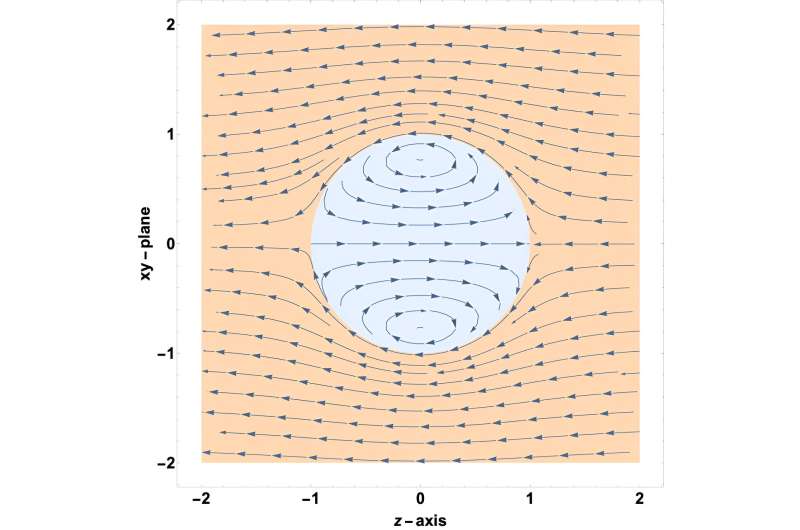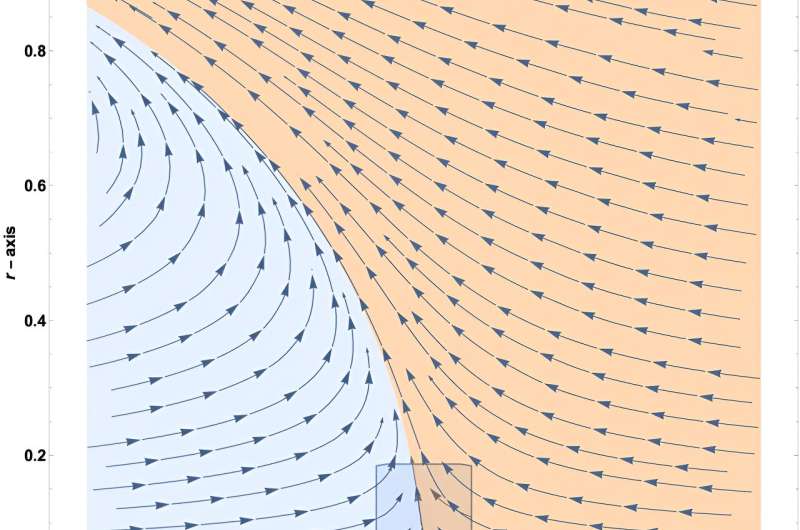This article has been reviewed according to Science X's editorial process and policies. Editors have highlighted the following attributes while ensuring the content's credibility:
fact-checked
trusted source
proofread
Mathematical proof reveals new insights into typhoon dynamics

In a remarkable breakthrough in the field of mathematical science, Professor Kyudong Choi from the Department of Mathematical Sciences at UNIST has provided an irrefutable proof that certain spherical vortices exist in a stable state. This discovery holds significant implications for predicting weather anomalies and advancing weather prediction technologies. The research is published in the journal Communications on Pure and Applied Mathematics.
A vortex is a rotating region of fluid, such as air or water, characterized by intense rotation. Common examples include typhoons and tornadoes frequently observed in news reports. Professor Choi's mathematical proof establishes the stability of specific types of vortex structures that can be encountered in real-world fluid flows.
The study builds upon the foundational Euler equation formulated by Leonhard Euler in 1757 to describe the flow of eddy currents. In 1894, British mathematician M. Hill mathematically demonstrated that a ball-shaped vortex could maintain its shape indefinitely while moving along its axis.
Professor Choi's research confirms that Hill's spherical vortex maximizes kinetic energy under certain conditions through the application of variational methods. By incorporating functional analysis and partial differential equation theory from mathematical analysis, this study extends previous investigations on two-dimensional fluid flows to encompass three-dimensional fluid dynamics with axial symmetry conditions.

One notable feature identified by Hill is the presence of strong upward airflow at the front of the spherical vortex—an attribute often observed in phenomena like typhoons and tornadoes. Professor Choi's findings serve as a starting point for further studies involving measurements related to residual time associated with these ascending air currents.
"Research on vortex stability has gained international attention," stated Professor Choi. "And it holds long-term potential for advancements in today's weather forecasting technology."
More information: Kyudong Choi, Stability of Hill's spherical vortex, Communications on Pure and Applied Mathematics (2023). DOI: 10.1002/cpa.22134




















